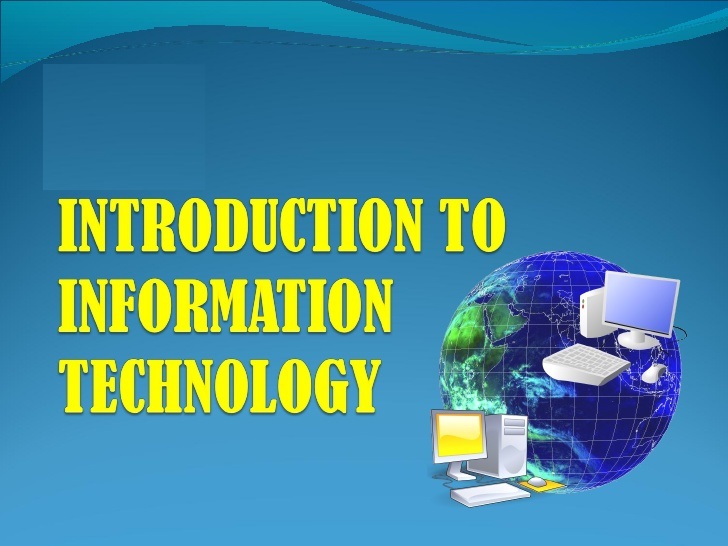Course Objective:
The aim of this course is to give management students practical experience on working in typical office software like MS EXCELL and MS ACCESS.
Course outcomes:
Co1: Apply theoretical knowledge into practical
Co2: Understand basic knowledge about MS- excel
Co3: Analyze data using statistical tools in MS-EXCEL
CO4: Remember Basic concepts of MS - ACCESS

- Teacher: SATYA SWAROOP ROY MEDAPATI
Course Description:
The course addresses the English language needs of the students at the undergraduate level. The focus will be upon four categories: Prose, Poetry, Vocabulary, and Grammar. In addition to these the last two units focus upon developing the writing skills of students by including essay writing and report writing. The content of the text raises questions of how English is used in India versus how it ought to be used and thus engaging the debates about a “standard English” and the need of adapting English to the local cadence and culture of India. Similarly, the British and American variations of the language are included to orient the students to broaden their view of English as an International language. Overall the course will focus upon the critical thinking faculties of the students concerning academic, linguistic, political, literary and ethical concepts.
The syllabus has been designed to develop linguistic and communicative competence of undergraduate students. The teachers also ask comprehension questions to stimulate discussion and based on the discussions the students are made to write short paragraphs /essays, participate in group discussions.
- Teacher: YAMINI G
Objective:
To familiarize students with the mechanics of preparation of financial statements, understanding corporate financial statements, their analysis and interpretation.
· CO 1 Identify the steps involved in the accounting cycle
· CO 2 Understand the key terms in accounting
· CO 3Analyse business transactions and construct accounting equation
· CO 4 Identify journal as the book of primary entry
· CO 5 Prepare Journal from Business transactions
· CO 6 Prepare Ledger accounts from Journal entries
· CO 7 Understand and illustrate the method of preparing Financial Statements without adjustments.
· CO 8 Understand and illustrate the method of preparing financial statements with adjustments.
· CO 9 Understand the use of the financial statement for decision making
· CO 10 The students will be able to Analyse the ratios and applying those techniques for analysing the financial health of the company.
.
- Teacher: Dr. KUSUMA REDDY C
ST.MARYS COLLEGE
YOUSUFGUDA, HYDERABAD - 500045
DEPARTMENT OF MANAGEMENT
II YEAR I Semester
COURSE HANDOUT
|
Course Code |
: |
BB306 |
||
|
COURSE TYPE |
|
|
||
|
Course Title |
: |
|
||
|
Course Structure
|
:
|
Lectures |
Credits |
|
|
4 |
4 |
|||
|
Course Instructor-In-Charge |
: |
Mr. M.Satya Swaroop Roy, Assistant professor |
||
Course summary:
This course is designed to provide students with a working
knowledge of computer concepts and essential skills necessary for work and
communication in today's society. Students will learn safety, security, and
ethical issues in computing and social networking.
COURSE OBJECTIVE:
§ To acquire basic knowledge in Information Technology and its applications
§ To help students to understand the importance of IT in the Management and Business field.
COURSE OUTCOMES:
CO 1: Understand various basic concepts of Computers
CO 2: Understand Difference between an operating system and an application program
CO 3: Describe the role of information technology and information systems in business
CO 4: Relate the current issues of information technology to the firm
CO 5: Understand the leadership role of Management Information Systems in achieving business competitive advantage through informed decision-making.
CO 6: Effectively communicate various alternatives to facilitate decision-making.
CO 7: Use various functions of multimedia
CO 8: Describe different realizations of multimedia tools and the way in which they are used
CO 9: Understand the various types of Office management Applications
CO 10: Understanding of how the different categories of Office Management applications function in real life
CO 11: Remember detailed knowledge of database management systems, their uses and their benefits

- Teacher: SATYA SWAROOP ROY MEDAPATI
*The aim of this course is to introduce to students the basic concepts related to HRM which can form foundation to understanding advanced concepts in managing human resources in an organization.
*HRM helps to understand different activities and actions of business and people in the organizationN.
- Teacher: ANUREETHA DAS